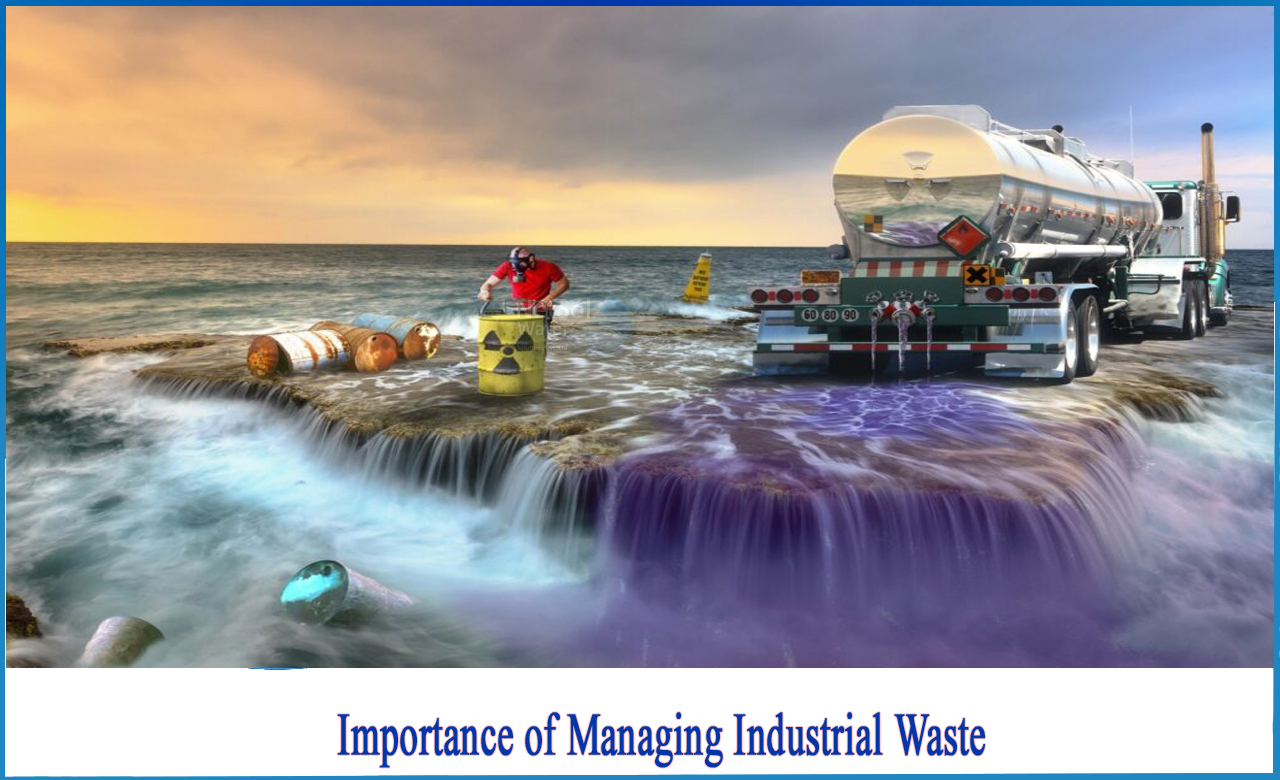How Reclaim Waste can Save You Time, Stress, and Money.
How Reclaim Waste can Save You Time, Stress, and Money.
Blog Article
The 15-Second Trick For Reclaim Waste
Table of ContentsReclaim Waste - An OverviewIndicators on Reclaim Waste You Need To KnowLittle Known Questions About Reclaim Waste.How Reclaim Waste can Save You Time, Stress, and Money.Reclaim Waste Fundamentals Explained
Residential sewer waste refers to the waste and items from a property septic tank. The appropriate management and disposal of domestic sewer waste require fluid waste to be moved to a sewage therapy plant where the correct techniques and tools are applied to cleanse and dispose of waste.
Business waste typically consists of prospective dangers, such as combustible materials or a blend of fluid and solid waste products, and calls for an advanced and comprehensive disposal procedure. The disposal of business waste generally involves the filtering of waste prior to transport to guarantee risk-free and correct disposal. Industrial waste is produced from results and drainage of industrial processes and manufacturing.
This sort of waste can not use the exact same sewer monitoring transportation or processes as septic or business fluids. The industrial waste monitoring process calls for the inspection and screening of fluid waste prior to it undertakes the disposal procedure (liquid waste disposal). Runoff waste is the fluid waste that originates from runoff and excess stormwater in extremely booming areas or cities
Runoff waste can cause contamination and flooding otherwise dealt with appropriately. Learn much more concerning sewage system cleansing and waste management. Guaranteeing correct waste management can avoid calamities and decrease ecological injury. Both individuals in property settings and specialists in commercial or manufacturing sectors can take advantage of comprehending the processes and regulations of liquid waste monitoring.
The Definitive Guide for Reclaim Waste
Contact PROS Solutions today to learn concerning our waste monitoring and disposal services and the appropriate ways to look after the liquid waste you create.
(https://www.gaiaonline.com/profiles/reclaimwaste1/46907679/)This so-called 'wastewater' is not only a vital source but, after therapy, will be launched to our land, waterways or the sea. Utilized water from commodes, showers, baths, kitchen sinks, washings and industrial procedures is understood as wastewater.

water used to cool down equipment or clean plant and tools). Stormwater, a type of wastewater, is drainage that flows from farming and urban locations such as roofing systems, parks, yards, roads, paths and rain gutters into stormwater drains, after rainfall. Stormwater flows untreated directly to neighborhood creeks or rivers, eventually getting to the ocean.
The 6-Minute Rule for Reclaim Waste
In Queensland, most wastewater is treated at sewer therapy plants. Wastewater is carried from domestic or industrial websites via a system of sewage systems and pump stations, called sewage reticulation, to a sewer therapy plant. Regional federal governments construct, preserve and operate most sewage treatment plants. Operators are certified under the Environmental Management Act 1994 to discharge cured wastewater at an acceptable environmental requirement into waterways.
The Division of Natural Resources advises local federal governments about managing, operating and maintaining sewerage systems and therapy plants. In unsewered locations, local federal governments may require householders to mount specific or house sewer treatment systems to treat residential wastewater from bathrooms, kitchen areas, bathrooms and laundries. like this The Department of Natural Resources authorizes making use of house systems when they are shown to be efficient.
Most stormwater obtains no therapy. In some new subdivisions, treatment of some stormwater to remove trash, sand and gravel has begun utilizing gross pollutant traps. Wastewater therapy happens in four stages: Removes strong issue. Larger solids, such as plastics and various other objects mistakenly released to sewers, are removed when wastewater is travelled through screens.
Uses little living organisms understands as micro-organisms to damage down and remove continuing to be dissolved wastes and fine particles. Micro-organisms and wastes are incorporated in the sludge.
Not known Details About Reclaim Waste
Nutrient removal is not readily available at all sewer therapy plants due to the fact that it calls for expensive specialised devices. Clear fluid effluent generated after treatment might still consist of disease-causing micro-organisms - liquid waste disposal melbourne.

This generally implies wastewater needs to be dealt with or contaminants eliminated before it can be discharged to waterways. The majority of wastewater streams into the sewerage system. Under the Act, city governments provide authorizations and permits for eco appropriate activities (Periods) including wastewater releases that may have a local effect. The division administers authorizations and permits to Periods involving wastewater releases that may have a local or statewide impact.
Reclaim Waste Fundamentals Explained
Monitoring offers valid information concerning water top quality and can confirm that permit problems are being met. The information obtained with surveillance gives the basis for making water quality choices.
Report this page